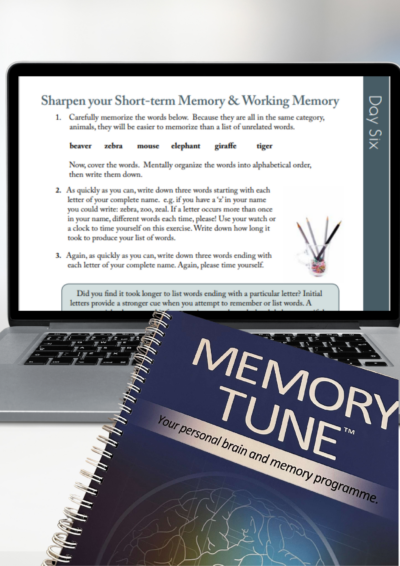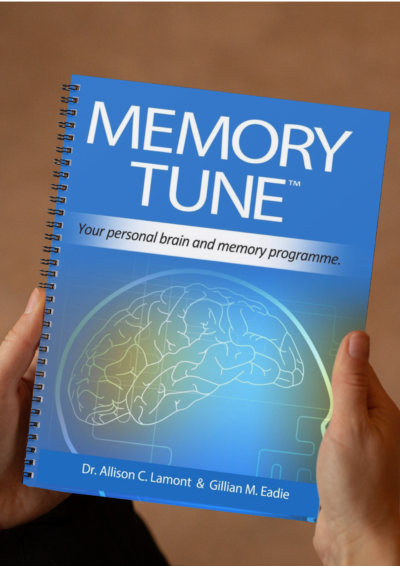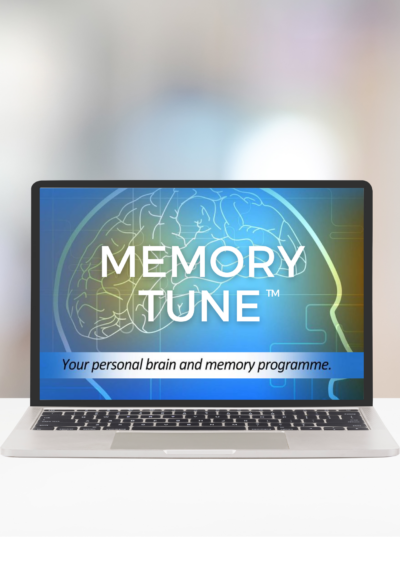 We all know that exercise is key to keeping our bodies in shape, but its benefits go far beyond physical fitness. Recent research from the University of Birmingham shines a spotlight on the powerful effects that high-intensity interval training (HIIT) can have on brain health—especially as we age.
We all know that exercise is key to keeping our bodies in shape, but its benefits go far beyond physical fitness. Recent research from the University of Birmingham shines a spotlight on the powerful effects that high-intensity interval training (HIIT) can have on brain health—especially as we age.
The Study: How HIIT Stands Out
In this study, researchers followed 194 older adults, ages 65-85, who showed no signs of cognitive decline. These participants were divided into three exercise groups, each engaging in different types of workouts over six months:
- Low-intensity group: Focused on gentle stretching and relaxation exercises.
- Moderate-intensity group: Engaged in brisk walking sessions.
- HIIT group: Performed short, intense bursts of exercise with recovery periods in between, all on a treadmill.
After the six-month period, memory tests revealed that those in the HIIT group outperformed their peers. What’s more, these cognitive benefits were still evident five years later, with the HIIT group maintaining better memory and brain volume compared to the other groups.
Why HIIT Could Be a Game-Changer for Brain Health
The reasons behind HIIT’s positive impact on brain health are likely to be threefold:
- Enhanced Cardiovascular Fitness: HIIT is known to significantly boost cardiovascular health, which supports better blood circulation to the brain and helps keep blood pressure in check—critical for maintaining brain volume and preventing cognitive decline.
- Reduction in Inflammation: HIIT workouts have been shown to lower levels of inflammatory proteins like TNF-α, which can otherwise contribute to brain-related issues, including cognitive dysfunction.
- Support for Neuron Health: Regular HIIT sessions increase levels of brain-derived neurotrophic factor (BDNF), a protein essential for neuron growth and repair, which is vital for maintaining memory and communication between different parts of the brain.
Ready to Try HIIT?
While the ideal HIIT routine is still up for debate, what’s clear is that incorporating high-intensity intervals into your workout, paired with recovery periods, can offer significant brain health benefits. For instance, you might start with a warm-up, followed by short sprints on an exercise bike, with easier pedaling in between. By making HIIT a regular part of your routine, you’re not just strengthening your body—you’re investing in your brain’s future too.
Note: Note: Before you start any new exercise programme it is important to consider your own physical ability. Start slowly and build up the exercises as and when you feel ready. If you suffer from mobility issues and/ or your feel pain or discomfit at any stage, please stop immediately and consult your health practitioner.
If you are interested, you can read more about this research by Felicity Spencer (PhD Candidate from the School of Sport, Exercise, and Rehabilitation Sciences at the University of Birmingham) and Richard Elsworthy (Research Fellow from the School of Sport, Exercise and Rehabilitation Sciences at the University of Birmingham) here.




